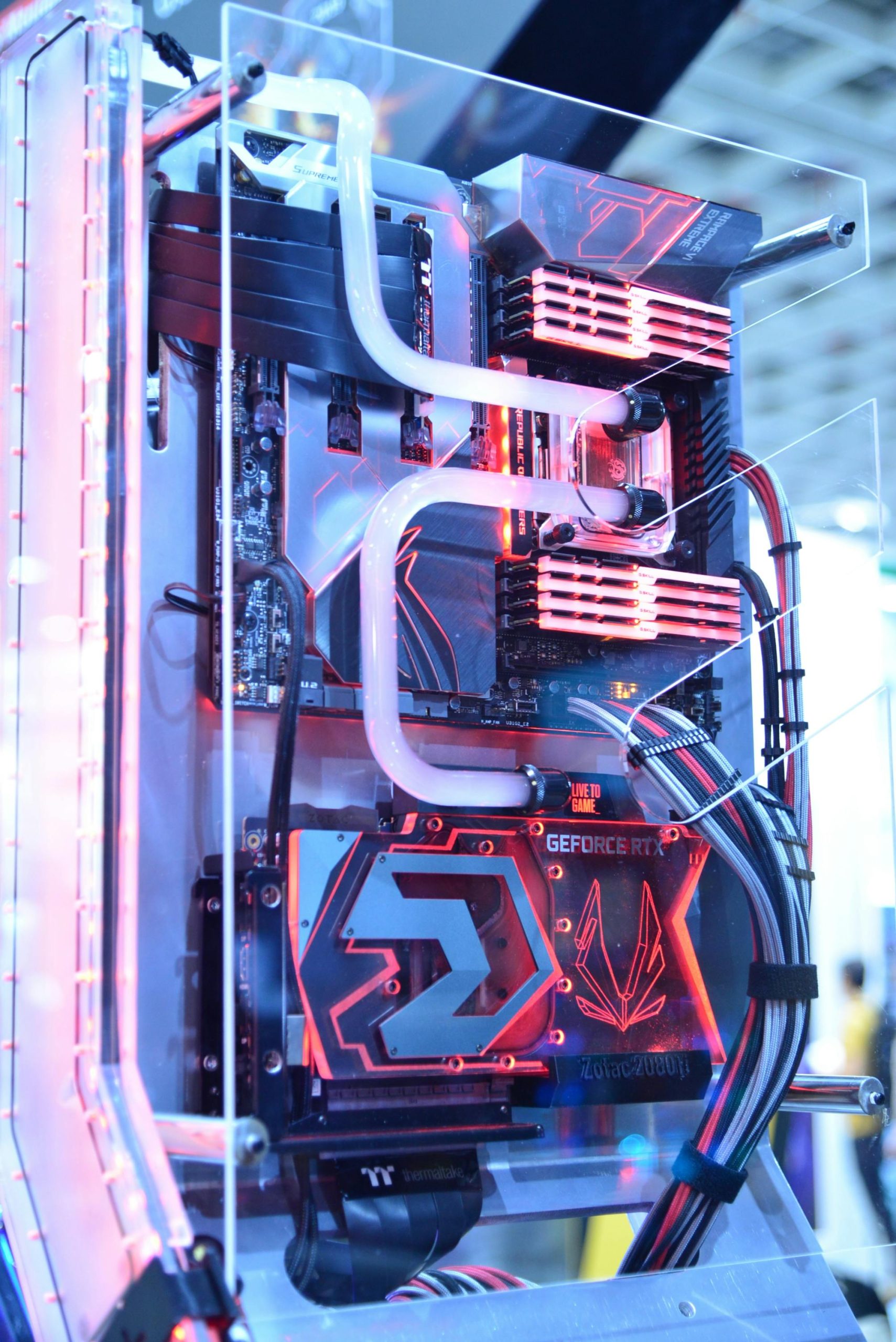The Marvels of Computer Science: Unraveling the Complexity of Technology
Have you ever paused to ponder how we can accomplish such a wide array of tasks with just a computer, which is fundamentally composed of electricity and circuits? It’s a thought that often leaves me in awe. The sheer magnitude of human ingenuity reflects our ability to transform simple elements into complex systems that drive our daily activities.
The complexity of computer science is a significant draw for me. It’s fascinating to think about how we’ve built intricate technologies from the ground up, utilizing the basic principles of electricity and circuitry. It’s this intricate web of concepts, innovations, and ideas that stirs my curiosity and compels me to delve deeper into the field.
Every time I interact with my computer—whether it’s editing a document, browsing the internet, or coding—it amazes me how these processes are interconnected. Understanding the underlying principles of computer operations is not just an academic exercise; it’s a gateway to appreciating the countless ways technology shapes our world.
As we explore the wonders of computer science, we can uncover the secrets that make our devices so powerful. Whether you’re a novice or an aspiring professional, the study of these complex systems offers infinite opportunities for discovery and creativity.
Join me on this journey as we demystify the world of computers and celebrate the brilliance of human innovation that makes it all possible!
Share this content:




Great question! The core reason we can accomplish so many tasks with computers despite their simple components—electricity and circuits—is because of the way these components are used to implement complex logic and processes. At a fundamental level, computers utilize binary signals (0s and 1s) within circuits, which can be combined and manipulated through logic gates to perform operations such as calculations, data processing, and control functions.
This capability is enabled by layers of abstraction and hardware design, including components like processors, memory, and input/output devices. The processor executes instructions stored in memory, following specific algorithms and logic, allowing software to perform a vast array of functions. Programming languages, algorithms, and operating systems convert human-readable commands into machine code that the computer’s circuits can understand and execute.
If you’re interested in diving deeper, exploring topics such as digital logic design, computer architecture, and operating systems can shed light on how simple electrical signals are transformed into the complex and versatile tools we rely on daily. Many online resources and courses are available to guide you through these foundational principles.
Feel free to ask if you’d like suggestions on educational materials or specific areas to explore further!